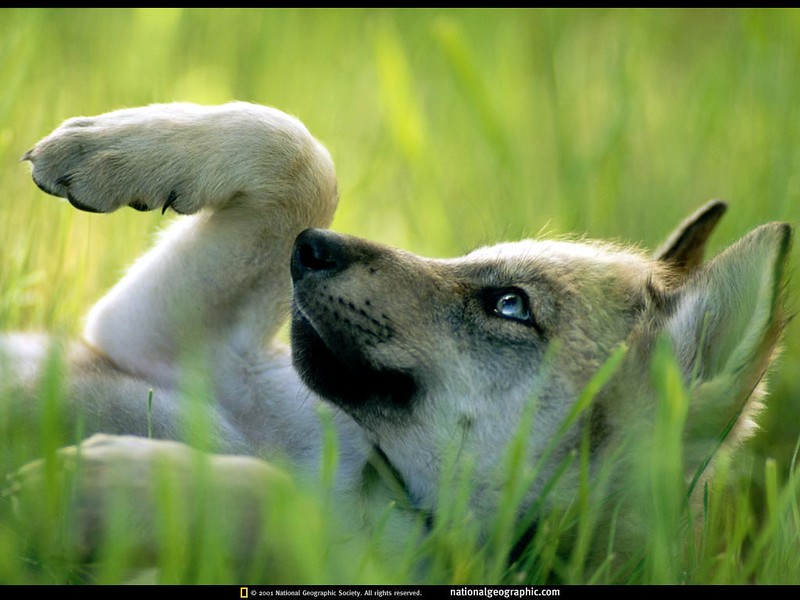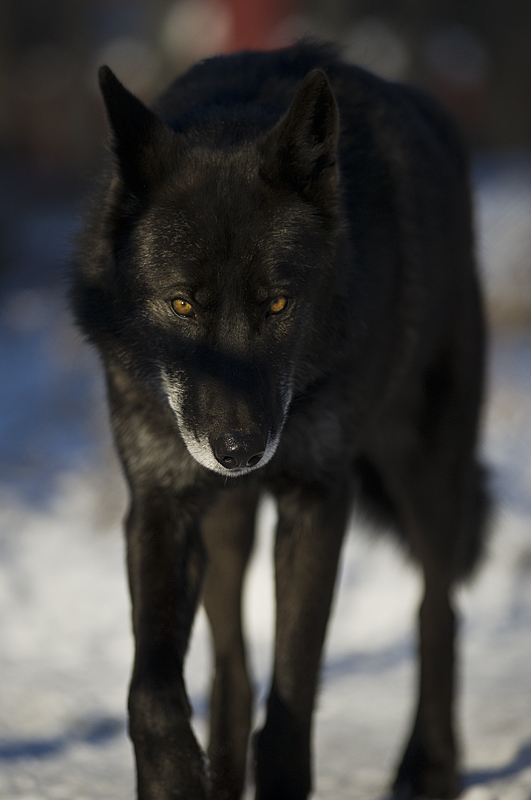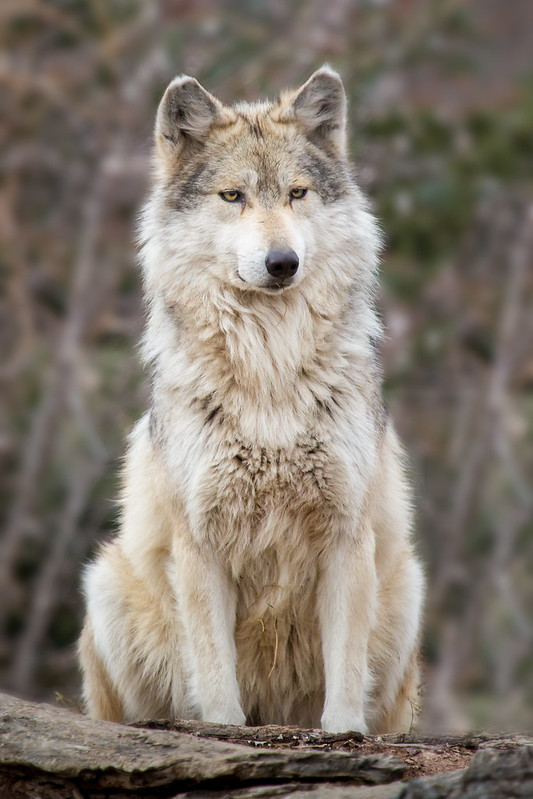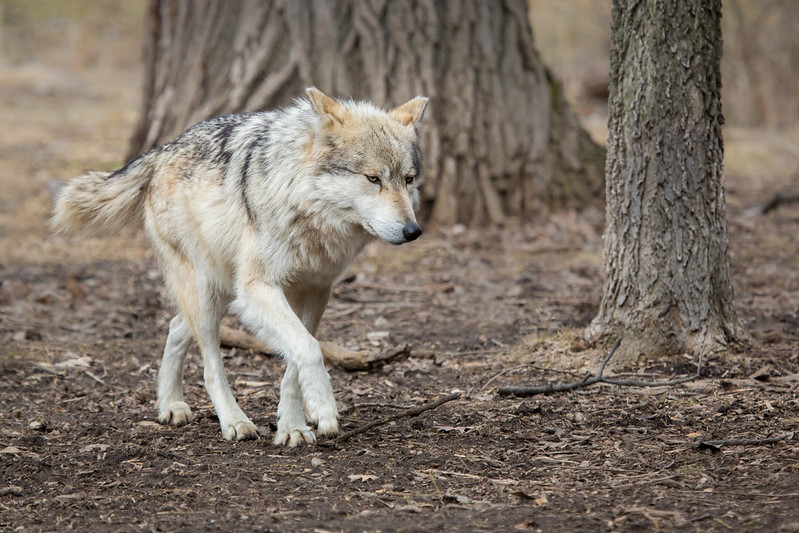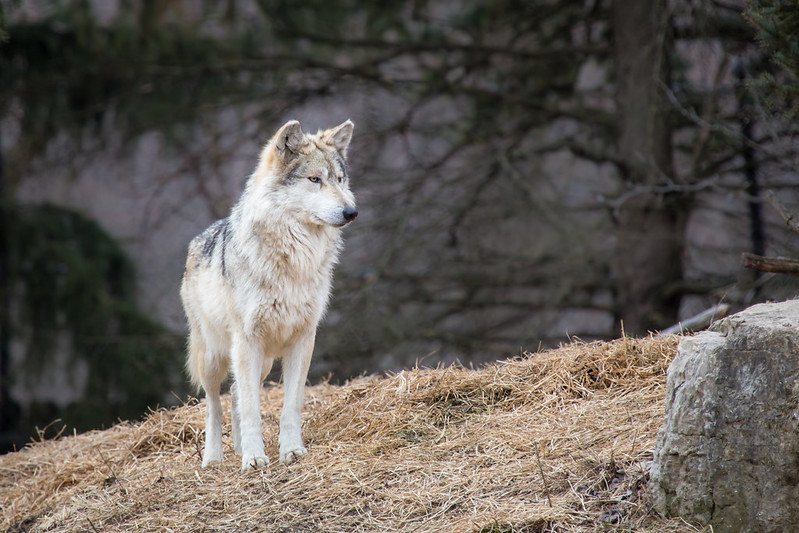For Immediate Release, September 23, 2014
| Contact: |
Michael Robinson, Center for Biological Diversity, (575) 313-7017
Sandy Bahr, Sierra Club - Grand Canyon Chapter, (602) 999-5790
Drew Kerr, WildEarth Guardians, (312) 375-6104
Emily Renn, Grand Canyon Wolf Recovery Project, (928) 202-1325
Kevin Bixby, Southwest Environmental Center, (575) 522-5552 | | | | | |
More Than 71,500 People Speak Out for Endangered Mexican Gray Wolves
New Rules Expand Area Mexican Wolves Can Roam, But Also Allow Increased Wolf Killing
TUCSON,
Ariz.— More than 71,500 people submitted comments to the U.S. Fish and Wildlife Service in support of stronger protections for
Mexican gray wolves
during the comment period ending today. In July the agency proposed a
new rule updating management of the wolves that would, for the first
time, allow releases of captive-bred animals into New Mexico and allow
wolves much more room to roam than they’re currently allowed.
Scientists and citizens have long urged adoption of these measures.
The science-supported provisions in the proposed rule,
however, would be undermined by provisions arbitrarily limiting wolves
to south of Interstate 40 in Arizona and New Mexico, as well as
language increasing the circumstances in which wolves could be trapped
or shot despite scientists’ recommendations that the Service must
decrease excessive human-caused removal and mortality rates.
“We’ve got to let wolves roam, find the best habitat with
their own noses and paws — and frankly, we’ve got to stop the
slaughter of wolves by both government and private citizens,” said
Michael Robinson of the Center for Biological Diversity. “The proposed
rule falls short of what is needed, and we hope the government will
listen to the tens of thousands of citizens requesting they follow the
science and let these lobos raise their pups, travel freely and
contribute to the balance of nature without persecution.”
“The Endangered Species Act and the hard work of wildlife
biologists and individuals and groups throughout the country have
given these endangered wolves a lifeline, a second chance,” said Sandy
Bahr, chapter director for Sierra Club’s Grand Canyon (Arizona)
Chapter. “Now we need the U.S. Fish and Wildlife Service to do its part
— to reject these arbitrary borders, to stop the excessive killing of
wolves, and to afford them the protections that are necessary for their
recovery.”
Comments from conservation groups and thousands of
citizens urged the Service to allow Mexican wolves to roam freely in
Arizona, New Mexico, Utah and Colorado; redesignate the small and
vulnerable reintroduced population in the Southwest as “essential”
under the Endangered Species Act; and spare wolves from trapping,
snaring and shooting by the government and private individuals.
“The Service must decide how to manage the reintroduced
Mexican wolf population based on the best available science,” said Drew
Kerr, carnivore advocate with WildEarth Guardians. “The science shows
that to recover, lobos need multiple populations in the American
Southwest, freedom to roam their native habitat in the Grand Canyon and
southern Rockies regions, and more protections from shooting and
trapping.”
Said Grand Canyon Wolf Recovery Project Executive Director Emily Renn: “Multiple studies, including
peer-reviewed science published in
Conservation Biology
just last year, show that the best available habitat for recovery of
these special wolves is north of I-40. Many thousands of U.S citizens
understand this, so why doesn’t the agency responsible for the wolves’
recovery?”
At last count, after 36 years of the government’s
recovery efforts, just 83 wolves, including only five breeding pairs,
survive in the wilds of Arizona and New Mexico.
"Wolf supporters throughout the U.S. are united in
wanting to see Mexican wolves roam throughout the Southwest so their
howls can be heard again in every canyon and mountain range, and they
can once again fulfill their important role as a top predator in
maintaining the balance of nature in southwestern ecosystems," said
Kevin Bixby, executive director of the Southwest Environmental Center.
Background
Under a 1998 rule, the Service reintroduced Mexican gray
wolves to a small area on the border of Arizona and New Mexico known as
the Blue Range Wolf Recovery Area. In accordance with a settlement
agreement with the Center for Biological Diversity, the Fish and
Wildlife Service has now proposed to revise this rule and must finalize
it by Jan. 12, 2015.
The proposed rule allows release of captive wolves
directly into New Mexico, which was previously only allowed for
recaptured wolves. This should allow the release of more wolves from
captivity, which is badly needed to bolster the genetic diversity of a
wild population suffering from inbreeding depression and consequent
lower reproductive rates.
The proposed rule also expands the recovery area across
Arizona and New Mexico, and south to the Mexican border. By limiting
wolves to the area south of Interstate 40, however, the proposed rule
falls short of what scientists recommend.
A recovery team formed by the Service drafted a Mexican
wolf recovery plan in 2013 that called for creating additional
populations in the Southern Rockies and Grand Canyon regions. In
response to objections from the states of Utah and Colorado, the agency
neglected to finalize this recovery plan. Conservationists are
pursuing litigation to obtain a final plan.
The proposed rule would liberalize take of wolves by
allowing states to dictate wolf removal in response to wolves eating
their natural prey such as elk and deer, and by allowing livestock
owners greatly increased latitude to kill wolves, even those not
involved in depredations.
In their comments, conservationists recommended the following:
• Designating Mexican gray wolves as “experimental
essential” under the Endangered Species Act to bolster their legal and
on-the-ground protections;
• Allowing wolves to roam into habitat north of Interstate 40;
• Requiring ranchers to remove or render inedible (for
example, through lime) the carcasses of non-wolf-killed livestock
before wolves can scavenge and become accustomed to eating livestock;
and
• Disallowing take of wolves until the population reaches
a science-based population threshold, in accordance with recovery
recommendations the Service has ignored.
The Center for Biological Diversity is a
national, nonprofit conservation organization with more than 775,000
members and online activists dedicated to the protection of endangered
species and wild places.
The Sierra Club is now the nation's
largest and most influential grassroots environmental organization --
with more than two million members and supporters.
WildEarth Guardians is a nonprofit
conservation organization dedicated to protecting and restoring the
wildlife, wild places, wild rivers and health of the American West.
The Grand Canyon Wolf Recovery Project is dedicated to bringing back wolves and restoring ecological health in the Grand Canyon Region.
The Southwest Environmental Center speaks for wildlife and wild places in the southwestern borderlands.
The following organizations also generated comments for Mexican wolf recovery:
Sierra Club-Rio Grande Chapter, Grand
Canyon Wildlands Council, White Mountain Conservation League, Great Old
Broads for Wilderness, Endangered Species Coalition, Wolf Conservation
Center and Mexicanwolves.org

